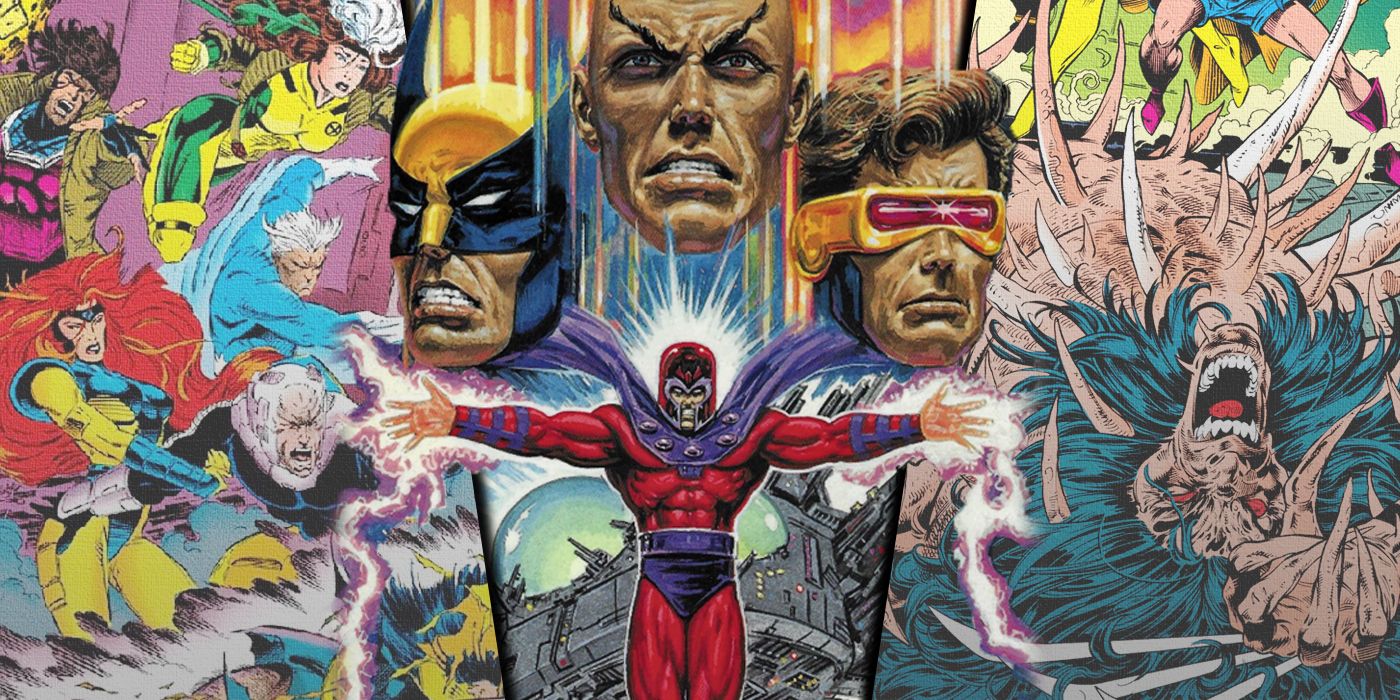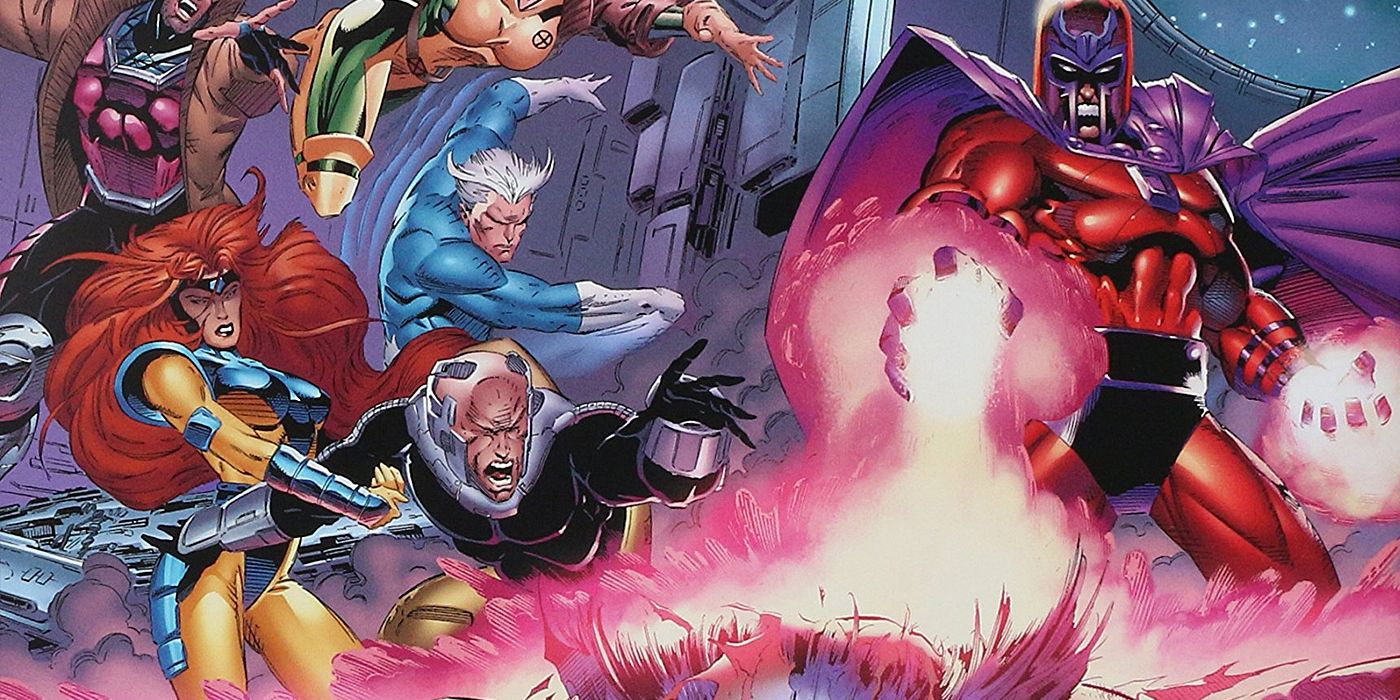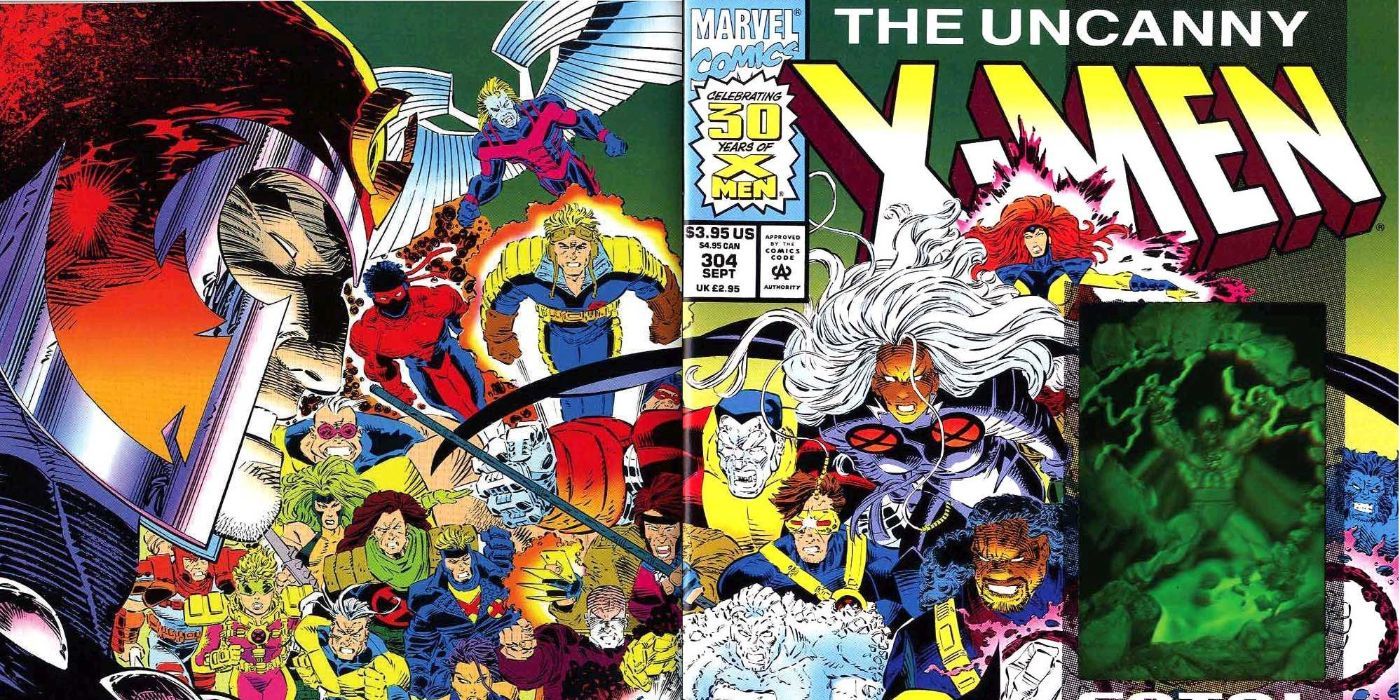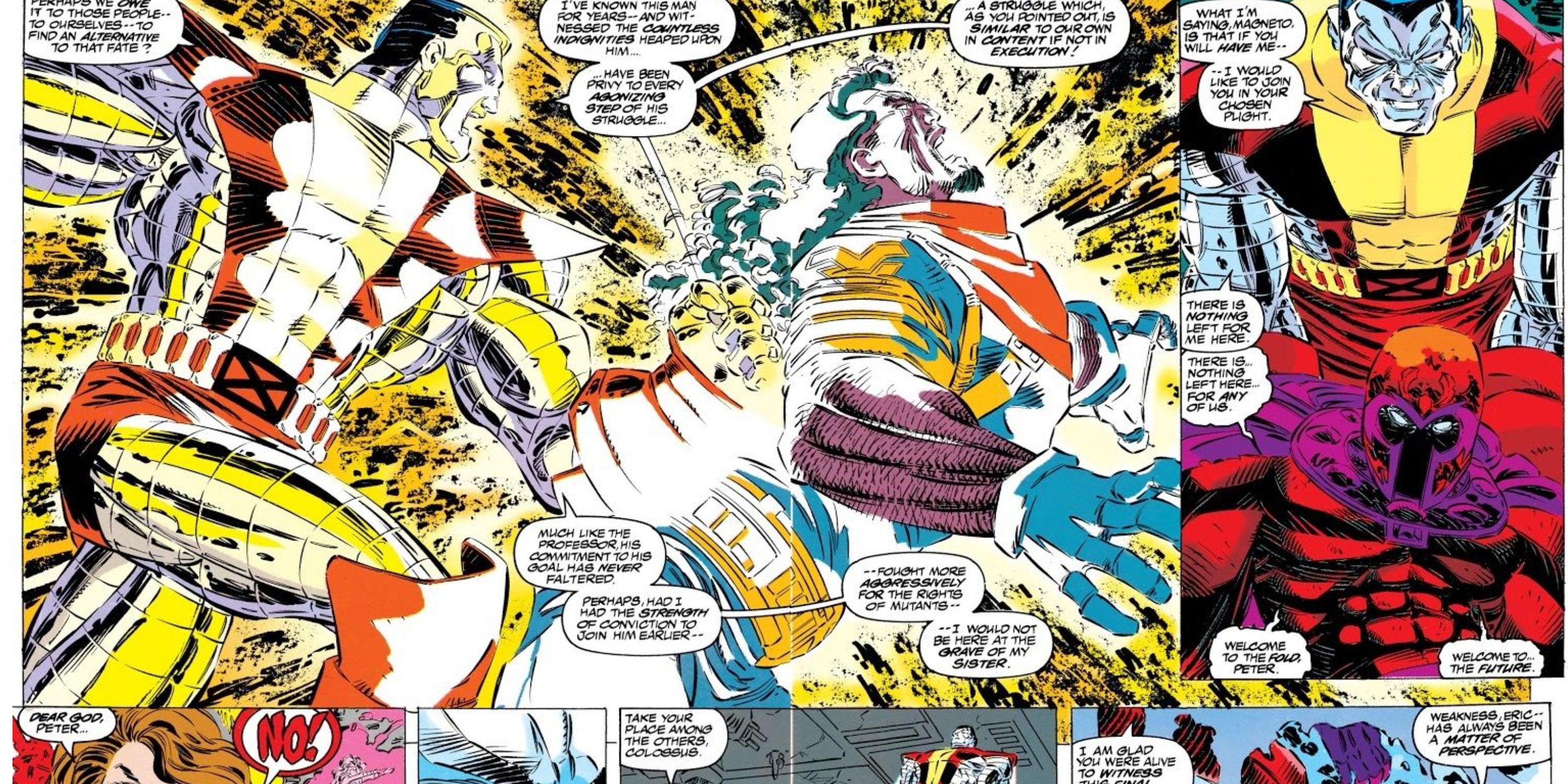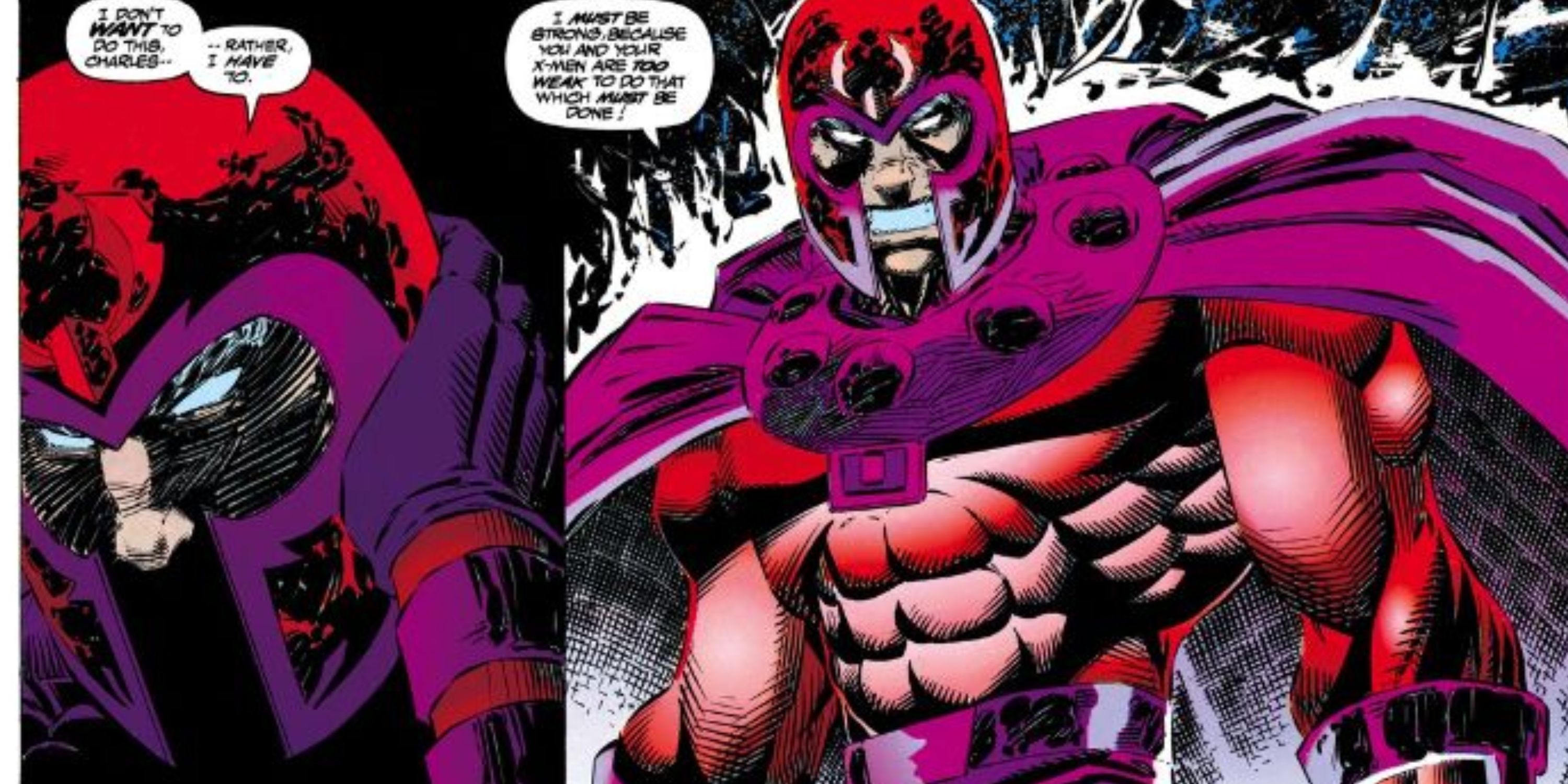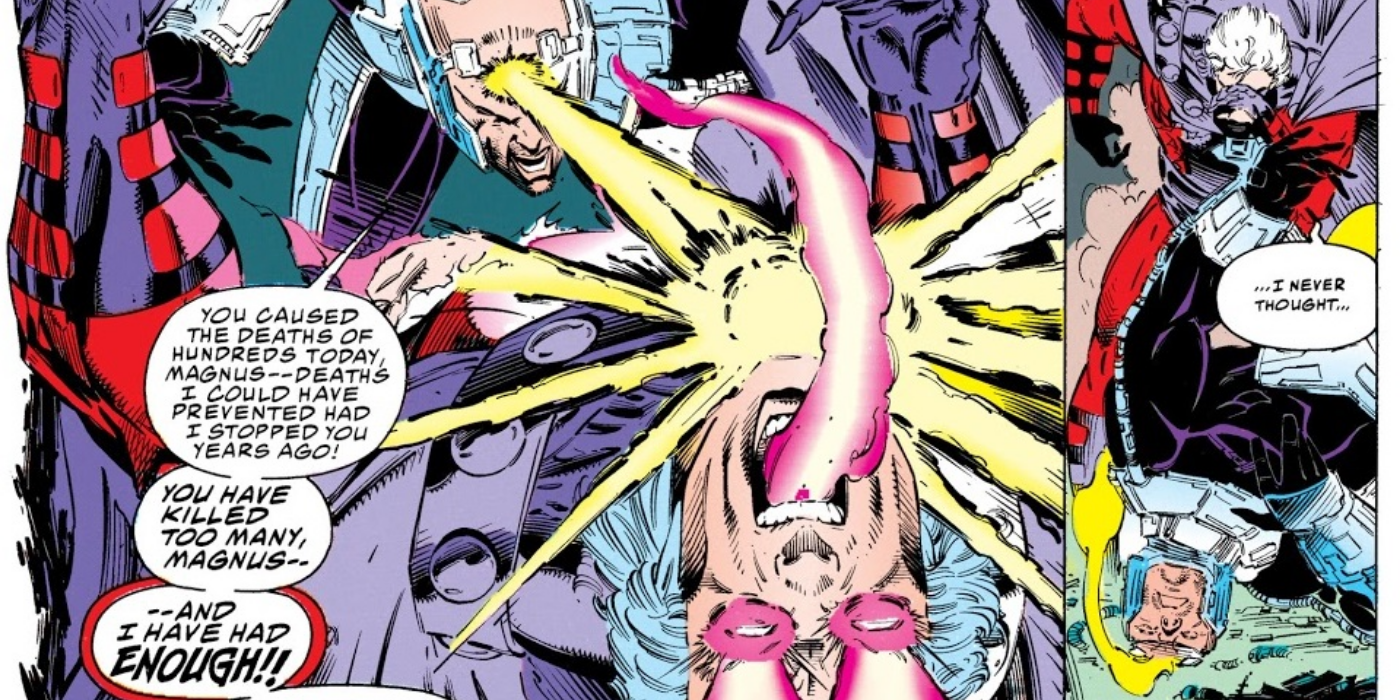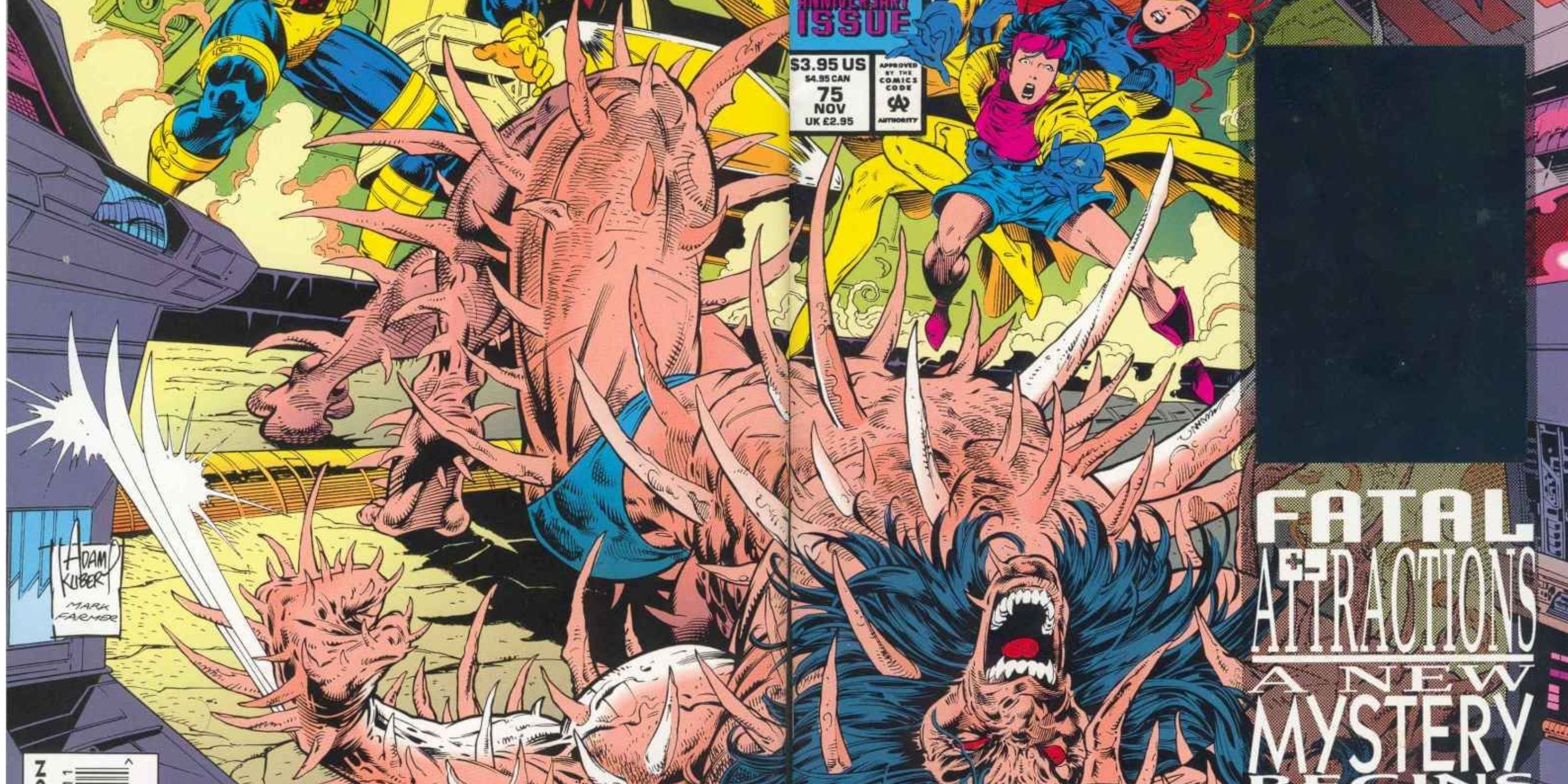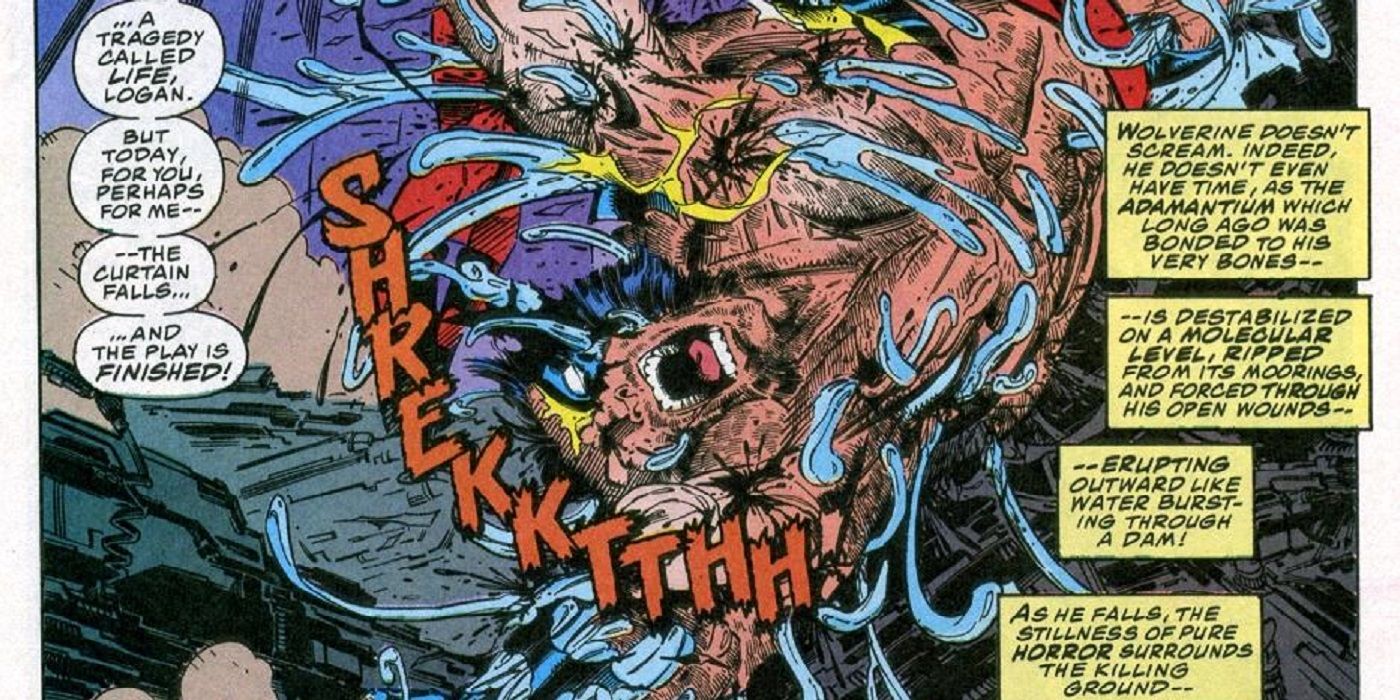Summary
- X-Men '97 beautifully reimagines classic '90s X-Men stories for modern audiences, borrowing from iconic storylines like Operation: Zero Tolerance and Fatal Attractions.
- The talented writers and artists behind Fatal Attractions crafted a gripping narrative with major consequences, reshaping Magneto's character and leading to pivotal moments for the X-Men.
- Fatal Attractions' impact on the '90s X-Men universe was immense, influencing character arcs, team dynamics, and future storylines, demonstrating the power of a well-crafted crossover event.
This List Contains Spoilers for X-Men '97X-Men '97 has done a great job of taking classic X-Men stories from the '90s and recontextualizing them for modern audiences. The writers on the show have the benefit of looking back at that halcyon era of X-Men comics and seeing what worked and what it didn't, modifying things to get the best possible stories. The three-part finale - "Tolerance Is Extinction" - has borrowed heavily from Operation: Zero Tolerance, but the second part has revealed that the finale is also taking inspiration from Fatal Attractions.
Fatal Attractions ran through 1993's X-Factor (Vol. 1) #92, X-Force (Vol. 1) #25, Uncanny X-Men (Vol. 1) #304, X-Men (Vol. 2) #25, Wolverine (Vol. 2) #75, and Excalibur (Vol. 1) #71. It was the second major Magneto story of the 1990s and had repercussions that would be felt throughout the X-Men line and the Marvel Universe for years to come. The '90s aren't looked at kindly by modern fans regarding story quality, but Fatal Attractions is quite good. It goes in unexpected directions, forever changing some of Marvel's greatest characters.
10 The Story's Preludes Built Fan Anticipation
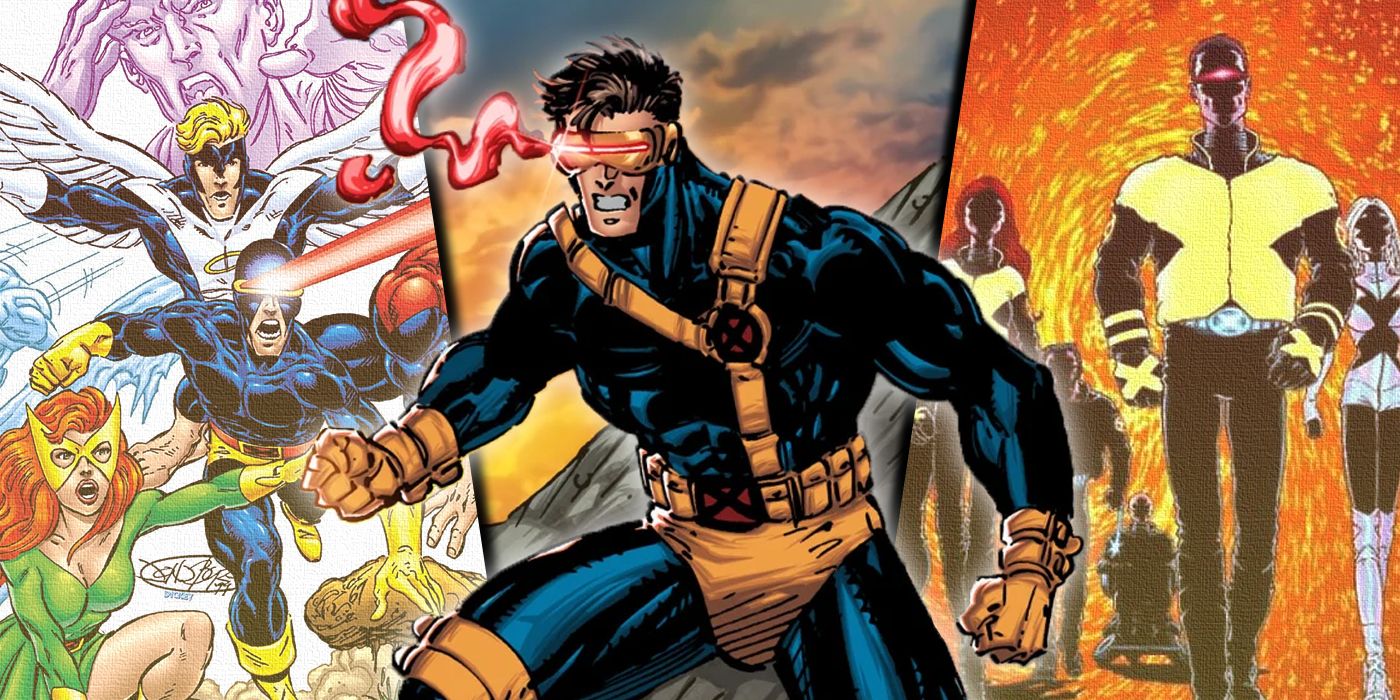
15 Best X-Men Artists Of All Time
Some of the greatest artists in the industry have worked on Marvel's X-Men comics, and the mutants wouldn't be the same without their contributions.A key part of any story is the build-up. Readers must get hyped for what's coming next, and many stories fail. Sometimes, the build-up is too random and never coalesces into anything that fans can identify as the build-up. Other times, the build-up is too obvious, and fans can guess what's coming, which doesn't build excitement. Fatal Attractions had its own build-up that was enticing enough to get readers interested in what came next without telegraphing it too much.
- A mysterious mutant known as Exodus began to appear in various X-Men books, offering disparate mutants a place in a coming mutant paradise
- The Acolytes return in Uncanny X-Men (Vol. 1) #300, with the X-Men battling them
- Illyana Rasputin dies in the heartbreaking Uncanny X-Men (Vol. 1) #303, presaging a coming defection
Each of these moments of build-up excited readers for what came next. Exodus's relationship to Magneto wasn't readily apparent, but the formation of a new group of Acolytes pointed toward the thought dead villain returning. Illyana's death from the Legacy Virus was long coming and would have bigger repercussions than anyone knew. These threads all joined together to create the cloth of Fatal Attractions, weaving a tapestry that would change the X-Men in the '90s.
9 There Was A Murderer's Row Of Talent On The Story
The X-Men started the '90s with the best creators Marvel had to offer - Chris Claremont, Marc Silvestri, Jim Lee, Whilce Potracio - but by 1993, the superstars who started the decade were gone. However, that doesn't mean the X-books were without talent. Scott Lobdell and Fabian Nicieza were rising stars on Uncanny X-Men and X-Men (Vol. 2), respectively, with each splitting Excalibur and X-Force. Larry Hama was continuing his awesome Wolverine (Vol. 2) run, and veteran writer Peter David was killing it on X-Factor (Vol. 1). All these writers and more helped shape Fatal Attractions, but the artists on the story contained multiple legends of the future.
- John Romita Jr. had returned to Uncanny X-Men with Jae Lee, Brandon Peterson, Chris Sprouse, and X-Men legend Paul Smith. Over on X-Men (Vol. 2), Andy Kubert was continuing his run, filling the big shows of Jim Lee very well
- Adam Kubert would join Wolverine (Vol. 2) as regular penciler, beginning his rise to super stardom
- Future Marvel editor-in-chief Joe Quesada was drawing X-Factor (Vol. 1), Greg Capullo was on X-Force (Vol. 1), and Ken Lashley and Darick Robertson, future co-creator of The Boys, supplied pencils for Excalibur (Vol. 1) #71
Fatal Attractions benefited from some of Marvel's best talent at the time. It also helped that Lobdell and Nicieza wrote most of the story. Crossover stories like this that run through multiple books always have a chance of inconsistent storytelling, but having Lobdell and Nicieza in charge made it work very well. The art was stellar, and the comics held names that would eventually go on the shortlist of greatest artists of all time.
8 The Gimmick Covers Actually Looked Great
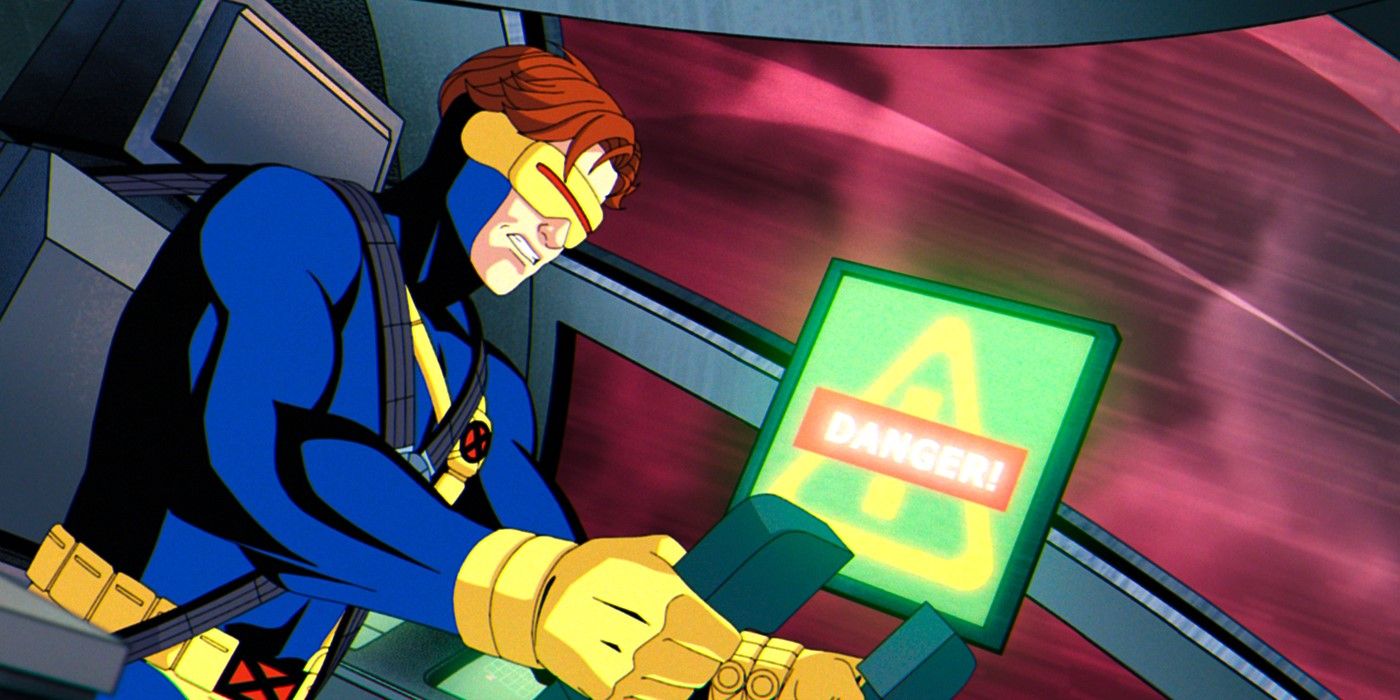
X-Men ‘97: What Is Operation Zero Tolerance and What Role Does It Play in X-Men History?
X-Men '97 has put mutantkind in dire straits, and if its latest episode is any indication, Operation Zero Tolerance may make things much worse.The '90s was the age of the gimmick cover. Nowadays, readers are used to umpteen variants of every book and some occasional foil covers, but they don't have anything on the '90s. Foil covers, hologram covers, wraparound covers, die-cut covers, gatefold covers, and chromium covers were the order of the day, and Marvel was the king of the gimmick cover. Every milestone issue had one. Fatal Attractions was chosen to have its own gimmick covers, even though only X-Men (Vol. 2) #25, X-Force (Vol. 1) #25, and Wolverine (Vol. 2) #75 were milestone issues.
- Fatal Attractions' covers combined two gimmicks - wraparound and hologram
- However, instead of the issues having a wraparound hologram cover, the wraparound cover was traditional artwork with a hologram shaped like a trading card over text that described what happened in the issue
- Despite having two gimmicks, these covers weren't nearly as ostentatious as other gimmick covers
Covers are always an important part of what makes a comic work. Oftentimes, gimmick covers from the '90s don't exactly translate well, but the wraparound covers combined with the smaller hologram are quite visually pleasing. They also did a great job of getting reader attention while they were on newsstands, grabbing new readers' imagination.
7 A Major X-Man Betrays The Team
In theory, Colossus has always been an important member of the X-Men, but it never worked out in practice. Colossus was the team's muscle, but his quiet, thoughtful nature often saw him fall into the background. When the new post-Claremont era of X-Men began in 1991, Colossus's best friend Nightcrawler and on-again, off-again love interest Kitty Pryde were on Excalibur, and Wolverine was on the Blue Team. There wasn't much for Colossus to do on the X-Men at this point. Add in the death of his sister Illyana, and Colossus was in a bad place.
- Magneto came to Illyana Rasputin's funeral to pay his respects to his former student and to make an offer to the X-Men
- Magneto offered to take anyone at the funeral to Avalon, much like Exodus had been doing before
- Colossus was the only one to take the offer, angry at the X-Men for the death of his sister, his grief blinding him to just how much they had done to try to save her
Colossus's betrayal was a major moment in X-Men history. It wouldn't be the last time Colossus betrayed the X-Men, and he was the last X-Man anyone would have figured would have taken Magneto's offer. This was a massive shock for X-Men fans at the time, and it was only the beginning of the big moments that Fatal Attractions had to offer readers.
6 It Continues The '90s Story Of Magneto
Magneto has had several distinct eras in the X-Men comics. From his first appearance, Magneto was basically a stereotypical evil villain until the 1980s, when writer Chris Claremont decided to flesh the character out. The '80s saw the biggest changes to Magneto, revealing his tragic backstory and seeing him start to work with the X-Men. This was a huge one-eighty for the character, as the team's greatest foe became an integral ally for the team. The '90s would change all of that.
- The last story of writer Chris Claremont's first X-Men run - X-Men #1-3 - would see a group of mutants come to Magneto for help
- Magneto would make this group into the Acolytes, and they would attack Hammer Bay in Genosha, drawing out the X-Men Blue Team
- Magneto learned about Moira MacTaggert's manipulation of his mind, driving him crazy and leading to his apparent death.
This was a major reinvention of the character, returning him to his villainous roots. No one thought Magneto would stay dead, and Fatal Attractions was the next chapter of his story. In fact, starting with the end of Claremont's run, the X-Men books in the '90s told a story about Magneto's fall back to evil. Fatal Attractions was the crucial middle chapter, showing how far he would go.
5 Fatal Attractions Influenced The Rest Of The '90s For The X-Men
The sign of an important storyline is how much it affects what comes after it. Some stories may seem like a big deal while they are happening, but they don't lead anywhere interesting after they're over. This is a problem with many modern Marvel and DC comics, but it's one that Fatal Attractions sidesteps. The story had major stakes in the future, influencing X-Men books from the mid-'90s on in a variety of ways.
- The immediate aftermath of Fatal Attractions would see Wolverine leave the X-Men, robbing the team of its biggest draw
- Xavier's mindwipe of Magneto would lead to the first appearance of Joseph post-Age Of Apocalypse, a younger amnesiac who looked and had the same powers as Magneto
- The consequences of Xavier's mindwipe would lead to Onslaught, a story that would shake the foundations of the Marvel Universe
Fatal Attractions is not only a great read, but if it didn't exist basically every major X-Men storyline of the '90s wouldn't have happened. There's no bone claw Wolverine without it. No Onslaught and no Onslaught means no Operation: Zero Tolerance. No Operation: Zero Tolerance means that Joe Kelly and Steve Seagle's run on X-Men is entirely different, with no Hunt For Xavier to cap it off. Without Fatal Attractions bringing Magneto back to life, Magneto War never happens, which means that Magneto never gets Genosha. Fatal Attractions shaped the '90s for the X-Men in many important ways.
4 Professor X Mindwiping Magneto Showed A More Dangerous Side To The X-Men's Father Figure
Nowadays, it's easy to see Professor X in a negative light. Professor X's dark secrets have been revealed over the years, and the Krakoa Era definitely leaned into that. However, the 1990s were a different story. At worst, Professor X took too much responsibility for himself and sometimes used his telepathy in unethical ways. Fatal Attractions saw Xavier take a step with Magneto that would have been unthinkable even a few years before.
- Magneto detonated an EMP over the Earth, paralyzing all technology
- Xavier picked a team of X-Men to go to Magneto's new space station headquarters, Avalon, and kill the master of magnetism. He led the mission himself using an exoskeleton powered by psi-energy
- Wolverine nearly killed Magneto, and Magneto retaliated by tearing the adamantium out of him
This attack on Wolverine was the last straw for Xavier. The professor mindwiped Magneto, completely destroying the brain of his former best friend. Magneto had committed an act of genocide by detonating the EMP and then nearly killed Wolverine, so he deserved to be punished, but it was different for fans to see the moral center of the X-Men do it. It was considered a moment of weakness for a moral person, leading to the creation of Onslaught.
3 Not Every Part Was Crucial To The Story
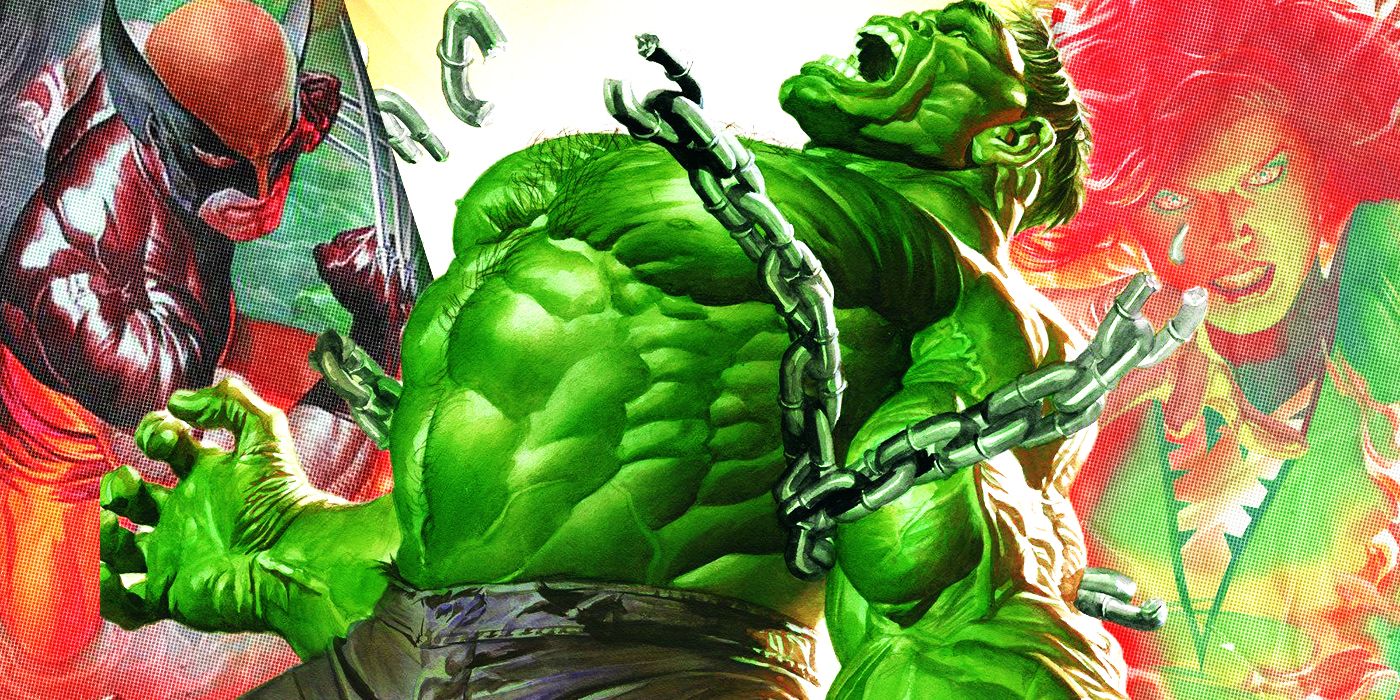
X-Men: 8 Members Who Can Beat The Hulk (& 7 Who Don't Stand A Chance)
The X-Men have taken on some of the best supers around, but would they be able to stop the "Strongest there is"?Nowadays, X-Men stories like X Of Swords and the end of the Krakoa Era make readers buy multiple issues to get the whole story. It can be annoying to buy a bunch of books that a reader doesn't usually buy just to understand what a story is about. This was also a problem in the '90s; as much as comics are an art form, they are a for-profit business. However, Fatal Attractions didn't subscribe to that.
- Fatal Attractions ran through everything X-Men book, but not every book was integral to the story
- X-Factor #92, Excalibur #71 and X-Force #25 aren't really all that important to the overall story of Fatal Attractions
- The only truly crucial chapters to Fatal Attractions were Uncanny X-Men #304, X-Men #25, and Wolverine #75
Fatal Attractions didn't make readers buy every book to get an excellent story. Only three issues were needed to get the full impact, and the rest were just set-dressing. Reading all of it improved the story, but it only took a few issues to enjoy, making it an extremely accessible story. Marvel could learn a lot from this story about making more accessible event stories.
2 The Loss Of Wolverine's Adamantium Led To A New Era For Wolverine
Magneto tore Wolverine's adamantium out of his body after the clawed X-Man nearly killed him. Wolverine only survived in the short term because Jean Grey telekinetically held his body together, which led to Wolverine #75. Wolverine was hallucinating from the pain as Xavier and Jean did their best to save his life. As the Blackbird fell to Earth, the hatch tore open, and Jean was almost sucked out. Wolverine heard her cry out and fought through the pain to rescue her.
- Wolverine's healing factor was completely overtaxed by the loss of his adamantium, and he didn't know what became of his claws
- Wolverine decided to try to prove himself by battling powerful robots in the Danger Room with the safeties off. After getting trounced, he popped his claws
- This is where he discovered that his claws were made of bone
Thus began Wolverine's bone claw years. This opened a new era for the character, bringing massive change to him. Fatal Attractions made this possible. While it may have seemed like a move that would anger fans, adamantium-less Wolverine was just as popular as ever. Big-time stories should have big-time consequences, and Fatal Attractions delivered that by changing one of Marvel's most popular characters for years.

